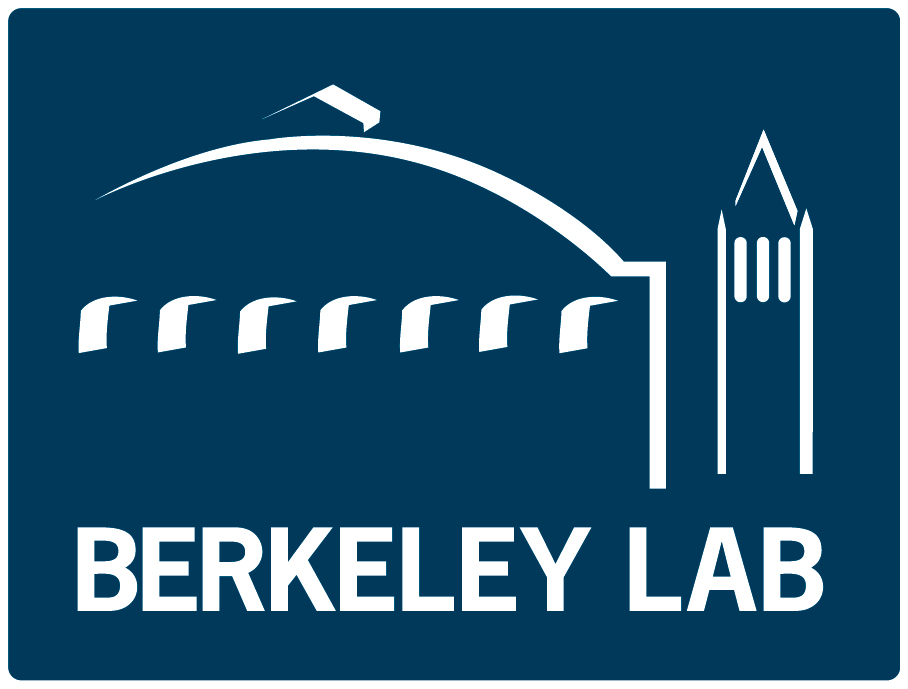Applications
- Biofuel additive for enhanced gasoline blending properties.
- Chemical precursor for the production of prenyl acetate and other industrial compounds.
- Environmentally friendly alternative to petrochemicals in biofuel production.
Advantages/Benefits
- Produces high-purity prenol with minimal byproducts, enabling cleaner production
- Avoids toxic intermediates, enhancing process safety and efficiency
- Achieves higher titers than conventional methods for improved yield
- Utilizes cost-effective carbon sources and reduces production expenses
Background
Prenol is a key compound for biofuel applications due to its potential as a gasoline additive. Conventional methods for producing prenol via the mevalonate pathway are limited by toxicity and equimolar byproduct generation. This novel method addresses these challenges by integrating a recombinant kinase pathway, circumventing toxic intermediates and improving the production efficiency and purity of prenol.
Technology Overview
Researchers at Berkeley Lab’s Joint BioEnergy Institute have developed a novel method to produce high-titer prenol using a recombinant E. coli strain. This approach bypasses toxic intermediates in the traditional mevalonate pathway by employing a promiscuous mevalonate diphosphate decarboxylase, which converts mevalonate monophosphate directly into isopentenyl monophosphate (IP). A selective isopentenyl phosphate kinase (IPK) from Thermoplasma acidophilum then phosphorylates IP into IPP, while a heterologous isopentenyl diphosphate isomerase (IDI1) from Saccharomyces cerevisiae converts IPP to DMAPP, which is further processed into prenol. This system achieves an approximately 20:1 prenol-to-isoprenol ratio, with significantly higher titers than conventional methods. It is cost-effective, using minimal media and affordable carbon sources like glucose, making it scalable and suitable for industrial applications.
Development Stage
Proof of Concept
Principal Investigator
- Taek Soon Lee
Status
Patent pending
Opportunities
Available for licensing or collaborative research

